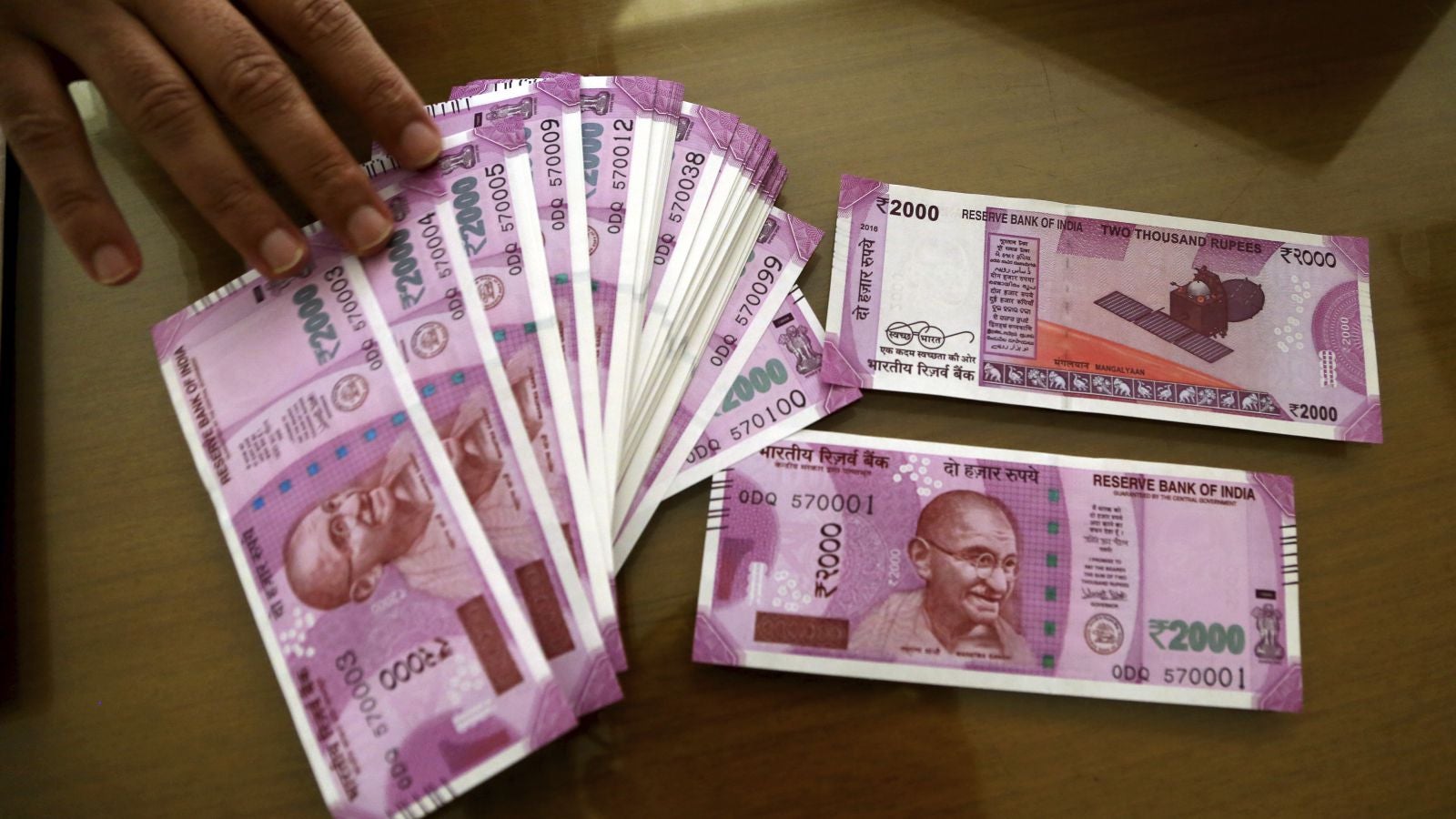Banking nightmare continues: Bad loans, scams, and now interest rate hikes
Indian banks are turning up the heat on customers to meet their rising costs.


Indian banks are turning up the heat on customers to meet their rising costs.
State Bank of India, the country’s largest lender, and HDFC Bank, its largest private sector bank, have raised interest rates. The Punjab National Bank, the epicentre of a $2 billion scam, has also hiked lending rates.
This comes at a time when the Reserve Bank of India has directed lenders to move towards a uniform rate regime for all customers. Earlier, loans were linked to the base rate. However, since April 2016, the base rate has been replaced by the marginal cost-based lending rate (MCLR), which is more cost-effective for customers. The MCLR was only for new loans, though cheaper rates could be availed of for older ones by placing a request and paying an additional fee.
From April 2018, however, all loans will be linked to the MCLR.
The new regime, along with several other factors, is expected to increase the banks’ costs. Together, analysts said, they are prompting banks to hike lending rates.
For instance, there are increasing rates on deposits. As of Feb. 16, loans of Indian banks grew by 11.59% while deposits increased by 5.39%, RBI data show. With slowing deposit growth also making them costlier, too, lending rates have to be hiked to protect margins.
Secondly, Indian banks are grappling with a mammoth bad loan pile of Rs9.5 lakh crore. Rising lending rates help them cushion the effects of increasing non-performing assets (NPAs).
Then there are India’s weakening government bonds.
“Globally, crude oil is rising and in India as well, the fiscal deficit situation has worsened. So bond yields have been affected and they impact deposit rates. In order to retain bank deposits, lenders will have to increase rates and, consequently, lending rates, to protect their margins,” said Asutosh Kumar Mishra, a banking analyst with Reliance Securities
In fact, from here on, analysts expect interest rates to continue inching up. In the last few months, the RBI has left unchanged the rates at which banks borrow from it. However, it is possible the banking regulator’s stance may change soon. In February, while one member of the RBI’s monetary policy committee voted for a hike in rates, another pointed at the need for such a hike if the economy doesn’t improve.
So, borrowers need to brace themselves for higher EMIs.